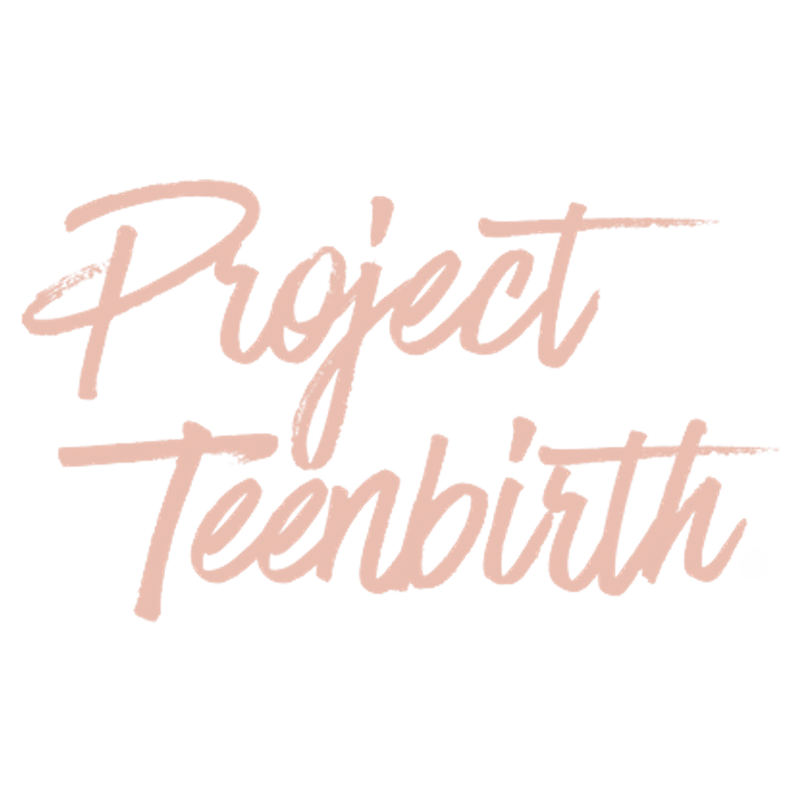What is placenta encapsulation?
One service that Project TeenBirth (and many other birth workers) offers is placenta encapsulation. Sometimes clients come to us knowing they want this service, while others have not heard of it. This article will give you a solid introduction to this practice, as well as other placenta-related ideas you might like to consider as you create your birth preferences.
What is Placenta Encapsulation?
During pregnancy, your body develops an extra organ-- the placenta. The placenta’s job is to exchange nutrients, oxygen, and blood between the birthing person and their baby. Both the amniotic sac and umbilical cord will be attached to your placenta, and your placenta will attach to the wall of your uterus. After the birth of your baby, the placenta will also be “born” or expelled. (If you had a cesarean birth, your doctor will also remove your placenta abdominally, and the placenta can be used just as placentas that are birthed vaginally.)
People have been consuming placentas during the postpartum period for many centuries. One common method of consuming your placenta is encapsulation, which is the process of dehydrating and grinding the placenta, then placing it into pills or capsules. This blog explains the two most common methods of placenta encapsulation-- Traditional Chinese Medicine (TCM) and raw. PTB only offers the raw method. (CW: gendered language)
The birthing person will take these finished capsules in the days after giving birth-- potentially for a handful of weeks or even months, depending on how many pills your placenta yields and how frequently you take and/or need them.
Find some great answers to FAQs about encapsulation here (via the Association of Placenta Preparation Arts.
How is Placenta Encapsulation Done?
The first thing you should know is that as soon as you get your placenta in your possession (process varies depending on your birth location), you will want to store it in a clean, food-grade container and put it on ice/in a cooler. Your doula or encapsulation specialist will begin the process 24-48 hours after birth; if for some reason this timeline won’t work, you’ll want to freeze the placenta.
In the raw method, your placenta will be cleaned, sliced, and slowly dehydrated. Once the pieces are completely dried out, they will be ground up and the powder will be funneled into your pills.
Once you receive your capsules, you’ll want to keep them in a cool, dry place (but not the fridge). If you want to save some long term, you can use the freezer.
What are the Benefits of Placenta Encapsulation?
While hard evidence is difficult to find on this topic, many traditional and holistic medical customs claim a number of potential benefits to placenta consumption. Some noted benefits include:
Reduced postpartum bleeding
Decreased birth recovery time
Increased energy
Decreased incidence and severity of postpartum depression
Increased milk supply
Improved sleep
Brightened skin and hair
It’s important to understand that your placenta is not a standardized, regulated drug (like prescription medication). Instead, many birth workers and birthing people view it as a source of nutrition. Your placenta contains chemical compounds, minerals, vitamins, and hormones.
Other Things You Can Do with Your Placenta
If consuming your placenta via pills doesn’t sound like your thing, there are a few other options/ideas you might like to explore:
Plant your placenta along with a new tree or plant.
Chop it up, freeze, then use the cubes in smoothies.
Use the placenta to make a salve. (Some birth workers will also offer this service if folks who want to use the placenta but don’t want to consume it.)
Make prints with it, using just the blood on the organ. (Some birth workers will also offer this service prior to encapsulating or making a salve.)
Dry the cord and save as a memento. (Again, some birth workers will offer this and even turn the cord into a shape, like a heart, for example.)
Donate your placenta. Read more about how and why here.
Nothing. If none of these ideas speak to you, that’s okay! Your place of birth will dispose of your placenta if you aren’t interested in taking it home.
If you’re an evidence-focused person, you might like to check out this info from Evidence Based Birth about the practice of placenta consumption.
PTB is Here for You
We hope that you feel empowered in your decisions as a birthing person. As you explore your birth preferences, remember that it is always okay to ask for help and/or more information from your care providers and birth team. Please reach out if we can be of support along your journey!
Author: Courtney Harris [she/they] is a witness, space-holder, supporter, and caregiver for families of all types and in all stages; she has worked with youth and their families since 2008. Currently, Courtney serves as a Life Coach for Teens and a Companion for Birth and Beyond. She is passionate about honoring life’s transitions and believes that all birthing people deserve compassionate, steady, and informed support throughout their unique reproductive journeys. You can connect with Courtney here and across all social media platforms at @companioncourtney.




